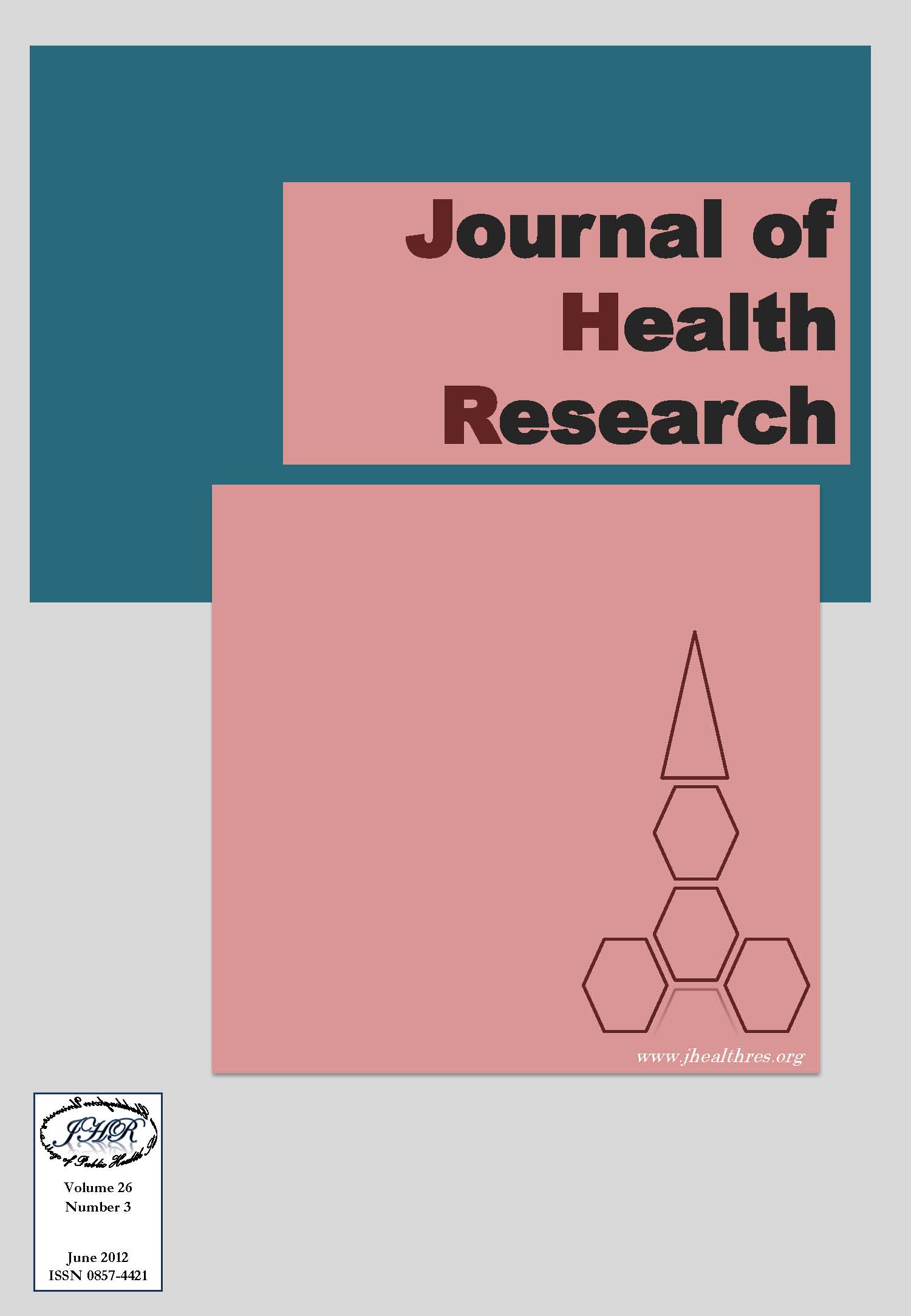Determination of Oxalate Content in Tea Samples by High Performance Liquid Chromatography
Keywords:
oxalate, hyperoxaluria, teaAbstract
Oxalate is one of the major risk factors for kidney stones which become more common in industrialized countries including Thailand. Tea is a significant source of oxalate. There have been a few published reports about oxalate content in tea samples in Thailand. Therefore, the purpose of the present study was to determine oxalate content in tea samples and study the effect of steeping duration on the oxalate content. One-hundred and twenty samples of tea (white, green, oolong and black tea) were purchased from markets in Thailand from February to June 2011. The oxalate content was measured by the high performance liquid chromatography (HPLC) method with an anion exchange column using 0.85 mM sodium bicarbonate and 0.9 mM sodium carbonate as a mobile phase. The highest of oxalate content was found in black tea (1.36-4.42 mg/g tea), followed by oolong tea (0.74-3.94 mg/g tea), green tea (0.44-2.18 mg/g tea) and the lowest was found in white tea (0.40-1.79 mg/g tea). The forms of tea did not have significant influence on the amount of oxalate content. Steeping the tea for a longer duration provided more oxalate content. People in a high risk group should avoid drinking high amounts of black tea.







